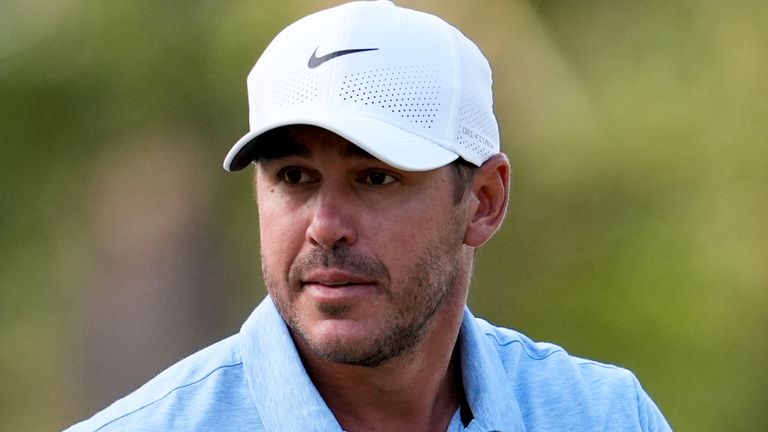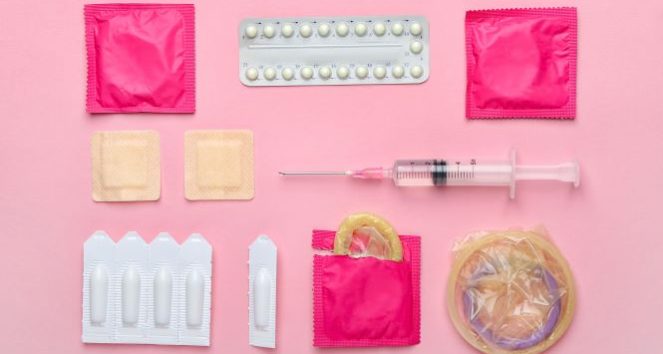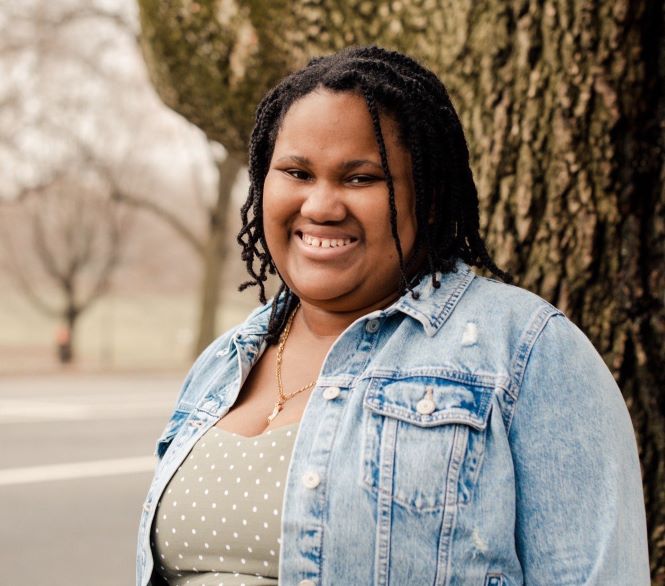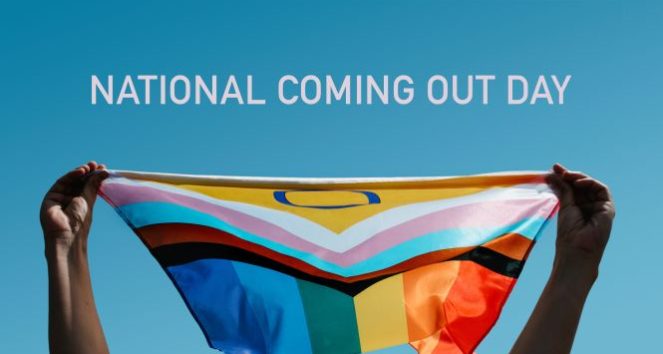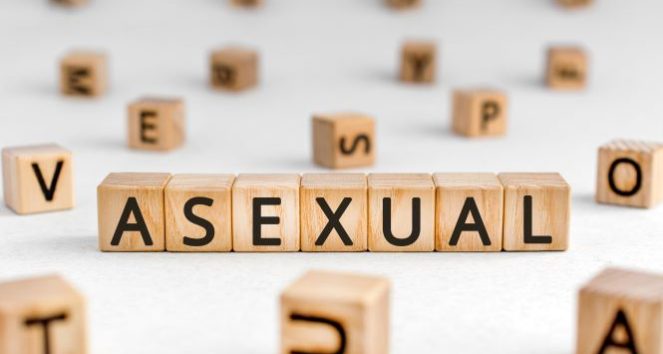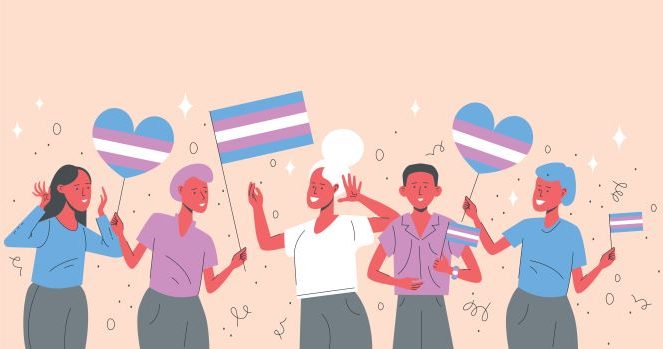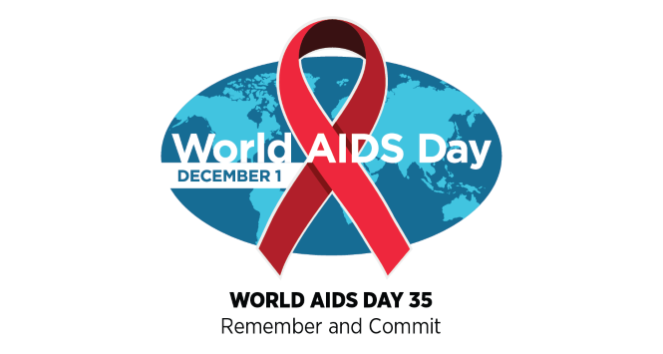By Sherry Wang (she/her), 17, Staff Writer
September 30, 2023
Reading has always been a great way for teens to better understand both themselves and the world. Unfortunately, many books are being banned—via removal or restrictions—from schools, libraries and bookstores. Many are banned due to references to race, gender and sexuality, including sexual orientation, which makes it difficult for many readers to access books with characters who are representative of them.
To spread awareness as well as celebrate and support authors whose books have been banned, the American Library Association (ALA) holds “Banned Books Week,” an annual event taking place October 1-7 this year.
In honor of this, I was lucky to have the opportunity to interview Camryn Garrett (she/her), author of the young adult novels Full Disclosure, Off the Record and Friday I’m in Love. Garrett has been writing since she was young, and was first published when she was a teen. A Black, queer author, she writes books with characters to represent diverse readers.
Garrett’s books have been banned due to discussions of race, sexual health and identity, as well as queer pride. We discussed the importance of representation and diversity in literature, the impact of book bans and what you can do to help.
The Importance of Access to Books
Literature has always been important to Garrett. “I’ve always been kind of shy,” she says. “I loved having books to escape into….reading books about different people in different places exposed me to a lot of things that I never would have experienced or known about.” Garrett says that reading as a teen helped her discover more about her identity, including sexual orientation.
Similar to her experience, Garrett explains the importance for young people to be exposed to diversity. “Kids can see people who might be like them or might not be like them,” she says. “To expose them to different types of living, I think that’s always important. You’re living in your town. You’ve never been anywhere else, and you can see all these different possibilities from books.” Learning about others can both make teens feel less alone and increase empathy for and acceptance of others.
Books can also be a source of security and joy. “Even now I think books are really comforting,” she says. “It’s nice to get out of your own head and go on a journey and adventure.”
Teens Have Questions
Like many others, Garrett didn’t have access to comprehensive sex education as a teen. It’s not that she and her peers didn’t have questions. She remembers her health teacher saying, “I would like to answer your question, but I’m not allowed to, because we’re only allowed to talk about abstinence.”
Books can help readers learn more about themselves in a safe way. “I wanted to create a book where people could explore their sexuality, and explore the idea of sex in general,” Garrett says. “I wanted to be really frank about it, without any stigma or judgment.”
For instance, Garrett wrote Full Disclosure, about a girl who is HIV positive. Garrett says that in her sex ed class, “There was no discussion about how people live with HIV today.” The discussion of HIV/AIDS felt dated, as opposed to including the advances that have been made with prevention and treatment. She wanted to help destigmatize the topic.
Reaching Teens
Garrett says that her books have been banned at least three times. “I have seen libraries say, ‘We’re no longer having this book in the teen room,’” she says. “‘We’re gonna move it into the adult room, and kids will have to ask to take this book out.’ Which isn’t an outright ban [but] it is disheartening because the reason why a lot of authors, especially young adult authors, write the books they do is because they want to reach teens. They want to reach young people.”
When asked about why she thinks there has been an increase in book bans, Garrett explains, “[Books] expose teens to a lot of different ideas and viewpoints, and a lot of these places where bans are happening don’t want that. They don’t want conflict. They don’t want discourse.” This can lead to people not learning how to think critically about situations around them.
How You Can Help
There is some hope. For instance, Illinois has passed a law which prohibits book bans in public schools and libraries. Bans can be difficult to navigate, but Garrett has some suggestions. “Requesting an author’s book at the library is always important,” she shares. “You can also ask to study certain books in class…going to your local library, staying involved, asking your parents to go with you to community and school board meetings, to make it clear that you are not for banning.”
Teens can make a difference. “I think it is really important just making your voice heard in whatever way you can,” says Garrett.
Representation Matters
It’s disappointing that books that teens relate to are being banned, but remember: you are not alone in your experiences. Teens deserve to have comprehensive education and access to a diverse range of books that represent our world.
Thank you, Camryn Garrett, for being a part of this article!

